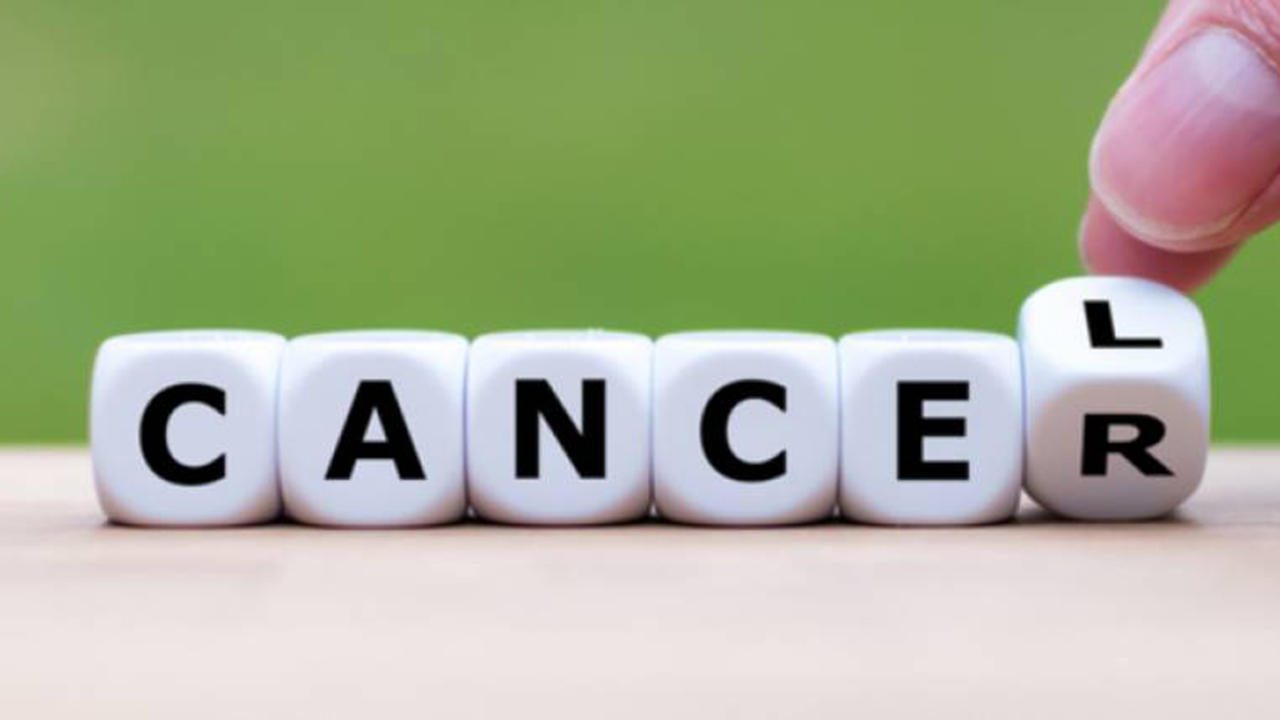
Approximately 70 per cent of the world’s deaths from cancer occur in Low-and-Middle-Income Countries (LMICs). Nigeria, like other countries in LMICs, is facing a rise in mortality and morbidity, due to non-communicable diseases. Cancer incidence and mortality are expected to continue rising whereby in 2020 Globocom data recorded about 40,464: the leading cancers were cervical (25 per cent), breast (10 per cent), and prostate (9 per cent).
Breast Cancer is the most common cancer in Nigeria, accounting for one out of four cancers, with 70 per cent mortality rate. Despite the increasing burden of cancer and efforts made to control the spiraling problems, Nigeria continues to face many challenges in addressing this issue, including limited access to quality care, shortage of trained healthcare professionals, little or no Clinical Trial Volume and limited funding for cancer research and treatment.
Early Detection is a game changer and ensuring implementation by NICRAT of the five year cancer Control plan, the five year Cancer Research Agenda and Effective roll out of the Cervical Cancer Elimination program! Twenty-seven out of the world’s 28 poorest countries are in Sub-Saharan Africa (SSA), with about 11 per cent of the world’s population! It bears over 24 per cent of the global disease burden, is home to only 3 per centof the global health workforce, and spends less than 1 per cent of the world’s financial resources on health!
Nigeria, has the highest cancer death rate in Africa, driven mostly by ‘Late Presentation’, which itself, is tied to the people’s fearful perception that cancer is a death sentence, due to the poor survival statistics, and ‘it is not my portion’ mindset !
Breast Cancer, as well as Cancer in general, is yet to receive the requisite attention & funding, it needs to make it a healthcare priority issue in Nigeria, on all scores!
The care gap, in Government prioritisation/provisions, KAP of majority of our population, culminating in huge knowledge gaps, dismal morbidity and mortality outcomes! (such as the current, Appalling Survival Statistics that “the five-year breast cancer survival rate in Nigeria is less than 40%, compared to 86% in the USA).
Drivers of this appalling statistics, can be said to Include: a vicious cycle of; socio-cultural idiosyncrasies, Fear, Denial: (it is not my portion syndrome), Procrastination, Stigmatization, including excruciating ‘Spousal Rejection’, Diabolical connotations, fueled by Faith based organisations. (concept of evil arrow), all these, affect health seeking behavior, resulting in late detection!
Sharp practices in food production and processing, Accelerated/forced Nutrition Transition (due to embracement of Western culture/diet, sedentary lifestyle and Urbanisation/ Industrialisation), resulting in monumental uncontainable environmental pollution, compound the need to do something very proactive about this and take the bull by the horn, ensuring everybody is on this journey to change this narrative, to change this paradigm! We need to pass this information down to the grassroots! One needs to be in the hospitals to observe the stages that our patients come with!
Some women are not aware of the age at which to start screening or of where to go and or what to do. A study by Obajimi et al showed that only 5 per cent of women attending an outpatient clinic were aware of mammography and what it is used for.
In Nigeria, the uptake of Mammography, even among Female Healthcare Professionals, has been reported to be as low as 3-8 per cent. This is surely deplorable, when the ‘best practice’ should be 99.9 per cent.
Only three per cent of the Global Healthforce, reside in SSA, with countries like Nigeria suffering daily attrition, as we determinedly export doctors to hic climes, resulting in severe brain drain, and paucity of availability of trained personnel in the continuum of Oncology Care, with crippling outward health tourism!
Unaffordable medical bills associated with late presentation, Out of Pocket’ payment, due to poor operationalisation of the barely functional Health Insurance Scheme and non institution of Universal Health Coverage contribute, as major drivers, to inundate the health system, with resultant high morbidity of cancer!
For several years, I have been convinced that the answer to ending late detection of cancer in Nigeria lay in providing access to mammography to the relevant population of women in a structured programme capable of taking the message and the service to where the people reside, even in the remotest rural community!
Mobile mammography is one strategy for improving access to screening mammography, and Sonomammography. These programmes typically provide screening mammograms at no cost or low cost and deliver services to women in their neighborhoods, eliminating cost and transportation barriers.
Mobile Mammography Solutions, housed in sturdy vans (Vans initially created for rough terrains in Militarised Zones… Hospital on wheels), to achieve effectively screening 99.9% of relevant population! South Africa has shown incontrovertibly, that mobile solutions work, to reach both grassroots/Urban communities!
Major lessons I have learnt by being out there in the field, is that we, as health care providers, should get off our comfort zones in our clinics, where we are focused on sick care and move into the communities and harness subscription to prevention and screening, by ‘making history’ Prevention/Screening hesitancy! Media and Advocacy.
Advanced countries use the media and other effective documentation, to invite eligible women for screening. Public awareness campaigns are organised and a vast majority of women are aware of what to do and where to go, as regards breast screening. Reminders are also sent to eligible women.
In Nigeria, public awareness campaigns are also organised and several efforts are being made by multiple NGOs, in the cancer space, have used Town Criers in market places, Radio jingles, TV Interviews, to reach women groups at both, urban grass roots levels!
Same NGOs have also set up canopies in market places, schools, etc to facilitate; Opportunistic Screening, (mostly with CBE, and at best Ultrasound of breast!) and yet there is no central organisation to take the message and the service to the people and scale up education and empowerment of Nigerian women.
Educated Nigerian women, with higher level of education, are 3.6 times more likely to practice breast self examination, than the uneducated (which are more numerous)!
Even then, more than 38 per cent of Nigerians have been described as illiterates. Roughly about 49 per cent of the estimated 162.5 million people of Nigeria are females; giving us a staggering 80.2 million girls and women. This posits that any discussion about Nigeria’s future must necessarily entail consideration of girls and women, the role they play/should play and the barriers they face in playing their rightful roles.
Nigeria has one of the lowest rates of female entrepreneurship in sub-Saharan Africa. The majority of women are concentrated in casual, low-skilled, low paid informal sector employment.
Though, 60-79 per cent of the rural work force is women, only 7.2 per cent of women own the land they farm, which limits their access to credit and constrains entrepreneurship and business activity. Only 15 per cent of women have a bank account.
At every educational level, women, earn less than their male counterparts and in some situations men with less education earn more than better educated female peers.
Some women are not aware of the age at which to start screening or of where to go and or what to do replace ‘Opportunistic Screening with offer at point of care and Intentional systematically planned screening.’ A mobile Van Service will optimize the services of this manpower.
This fortifies my resolve today, to make these recommendations: Plan to adopt a strategy to take the message and the service of ‘early detection and the right medical management,’ saves life!’ to people in the 774 LGAs in Nigeria.
Community engagement through awareness and sustained teaching of lifestyle modifications (skewed toward less embracement of western culture – sedentary lifestyle/diet), screening recommendations, higher volume of Clinical Trials, with improved participation in Genome wide studies.
In addition, creating sustainable means of funding cancer care are required to ameliorate the increasing cancer burden in SSA, change survivorship statistics positively, thus the narrative, with impact on late presentation.
Okoye is a professor of radiation oncology, cancer expert and public health advocate.






